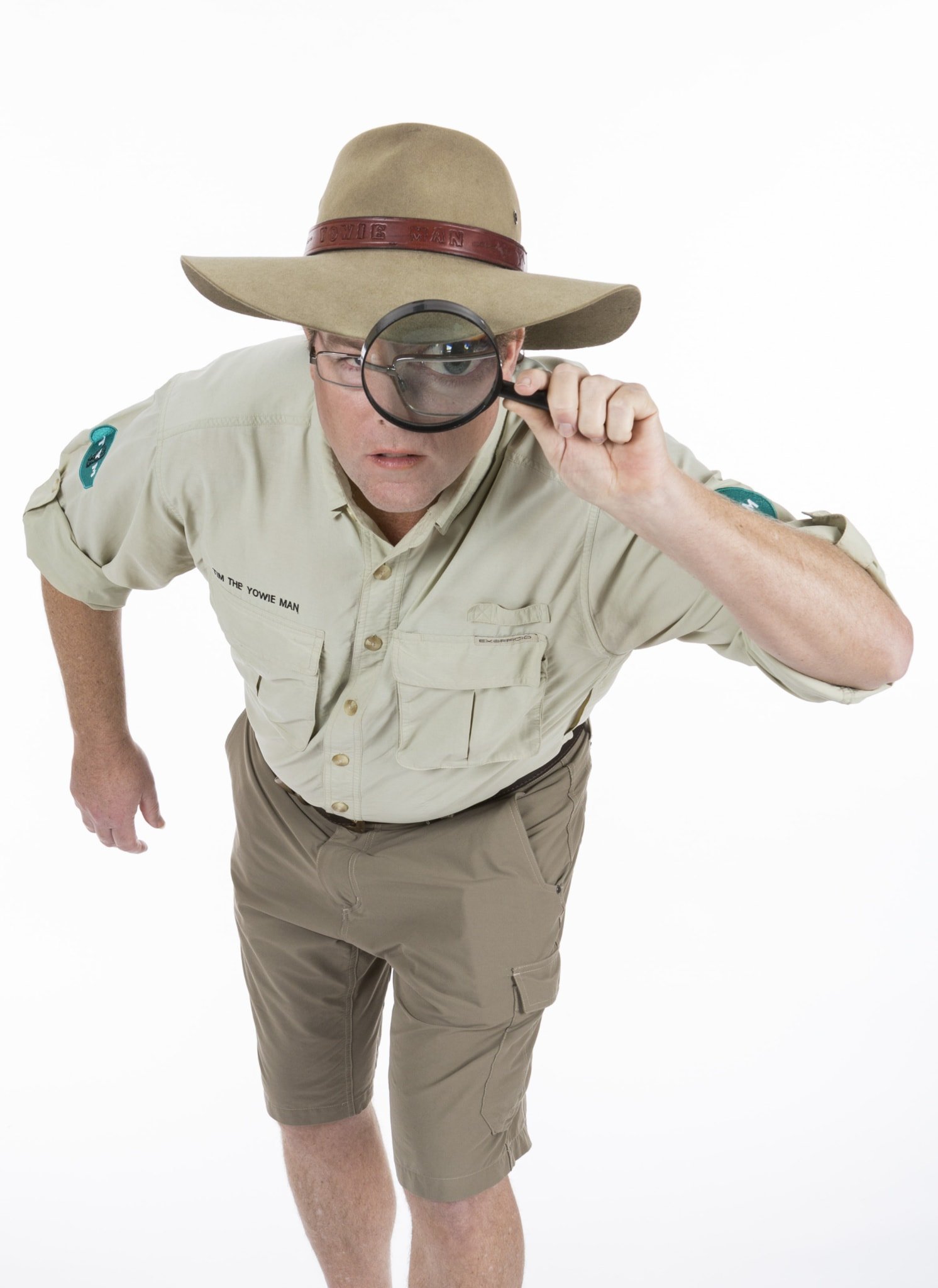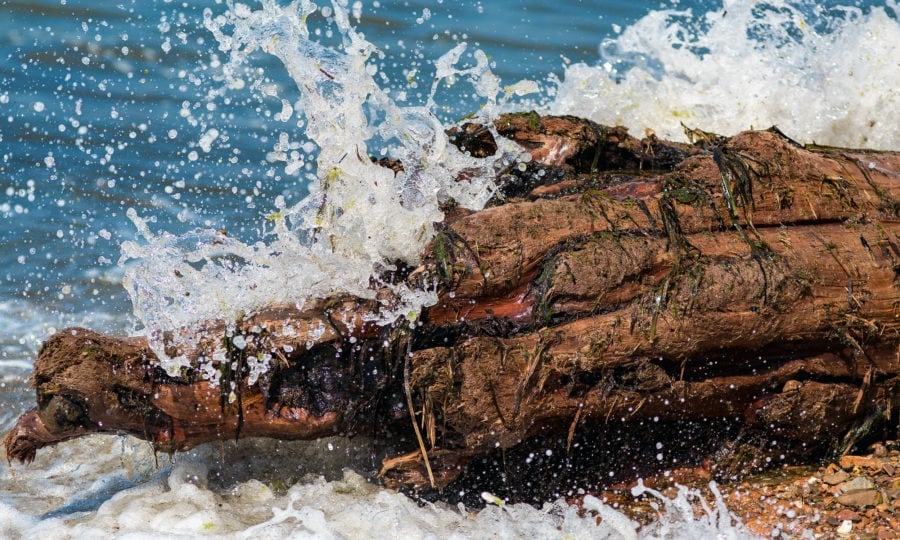Surfing the mysterious tidal bores of Australia

Tim the Yowie Man
Tim the Yowie Man

IN 2002 Damon Harvey entered surfing folklore when he rode a wave all the way from Snapper Rocks, near the New South Wales–Queensland border, 2.2km up the coast to Kirra Beach. As epic as it was, Damon’s four-minute ride was not done on the longest wave recorded in Australia.
The country’s longest waves occur in the estuaries of some of our most remote rivers. Better known as tidal bores these waves aren’t the result of wind blowing over water, rather a combination of huge tidal ranges and ideal river contours.
While the large tidal range is a major element in the formation of a bore, the shape of the river is just as critical. For a tidal bore to form, the river needs to funnel the incoming water so it reduces the duration of the flood tide to the point where the tide advances as a sudden increase in water level.
The world’s best-known tidal bore is on the Amazon River in Brazil where the Pororoca Bore can measure up to 4m high and reach 500km inland. Really! Australia has three locations where bores can occur, namely the Ord River in Western Australia, the Styx River in central Queensland and the Daly River in the Northern Territory.
Due to the isolated locations of these bores, they are rarely recorded. In 2015 a couple of Darwin fishermen filmed the Daly River tidal bore, which takes the form of a standing wave, instead of a breaking surfable wave, rolling down the river. Earlier this year, a group of scientists witnessed the Styx River bore, which produces breaking waves up to a metre high.
“We were setting up water-quality monitoring equipment in the catchment of a river and a local landholder told us to keep an eye out for the bore,” says Philip Jetson of environmental consultancy Catchment Solutions.
“At the time of the expected high tide, we stood on the bend of the river waiting for the bore,” he recalls, adding he was at least 10km upstream from the river mouth at the time.
“You could hear it before you could see it, a distinctive noise of rushing water, and then we saw it, a white line of water rolling towards us.” While not as big as some bores around the world, Philip reports that it was about half a metre high.
“You could easily boogie board it,” he says. “But I wouldn’t try and surf it – too many sharks feeding in the upturned water at the back of the bore.”
Professor Hubert Chanson, a Queensland University hydraulics engineer and world-leading tidal bore researcher, laments the loss of the Ord River tidal bore.
“Following a big flood in 2001, reports of the bore have dried up,” Hubert explains. “The existence of a bore is a very fragile balance and when there is a change in river conditions it is possible for the bores to disappear for several years before reappearing.”
As to surfing Australia’s tidal bores, Hubert agrees with Philip Jetson. “Even daredevil adventure surfer Antony Colas won’t surf Australia’s bores; there are too many crocodiles and sharks to contend with.”

